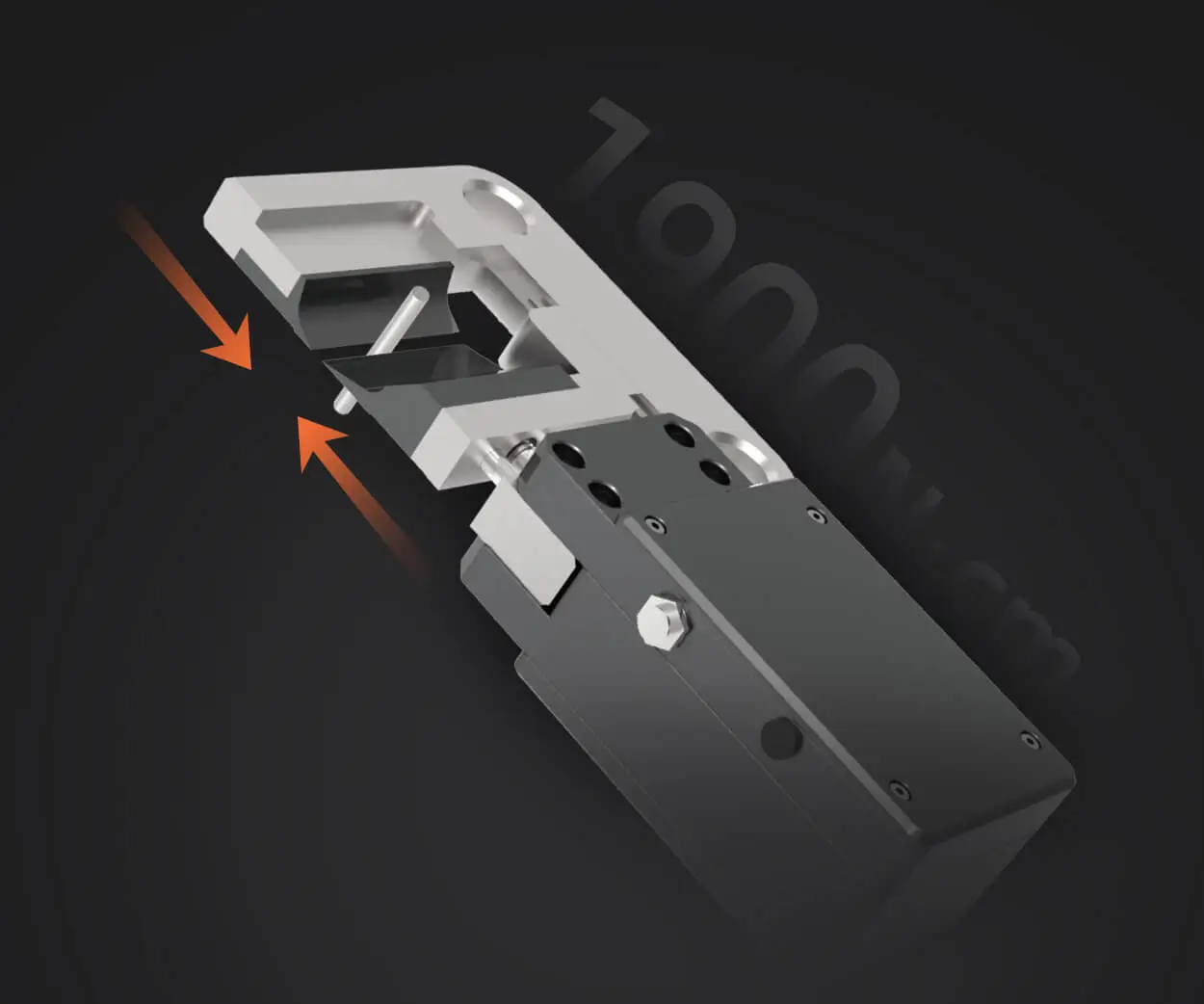Ever looked at a sprawling software system and wondered how some companies manage to keep everything smooth, scalable, and nimble? It’s no secret that building a big app isn’t just about throwing components together anymore. The real magic happens when you start dissecting that monstrosity into smaller, manageable pieces—microservices. But not just any microservices. They gotta be built with intention, following certain design principles that turn chaos into harmony.

You know, imagine dealing with monoliths—it’s like trying to change a tire on a moving car. Sure, possible, but why would you? Microservices are different. They’re like assembling a set of Lego bricks, each tiny piece capable of standing on its own but also able to fit perfectly into a bigger picture.
First, think about independence. Microservices should be autonomous enough to evolve separately without breaking everything. If one service falters, the whole system shouldn’t collapse like a house of cards. Take an e-commerce platform: the payment processing service shouldn’t be affected if the product search engine has a hiccup. That separation keeps everything ticking.
Then there’s the challenge of communication. How do these little guys talk without causing chaos? Clear APIs, decoupled protocols—these are the lifelines. It's like a relay race where each runner passes the baton smoothly. If done right, the entire race is faster, more resilient, and easier to fix.
Scalability is another biggie. What if the holiday shopping rush hits at midnight? Microservices enable you to add more instances of just the parts that need it—say, checkout services—without overhauling the whole system. That’s like boosting only one lane on a highway instead of reconstructing the entire road every time.
But here’s a question—I mean, who doesn’t wonder about the pitfalls? Microservices are fantastic, but they come with complexity. Managing multiple services means dealing with distributed data and potential network issues. How do you keep everything synchronized without drowning in chaos? That’s where careful design choices, such as eventual consistency and thoughtful deployment strategies, come into play.
At the end of the day, designing microservices isn't just about splitting things up; it’s about creating a resilient, flexible architecture that can grow—and even flourish—when faced with change. Building this way means thinking about failure as inevitable and designing systems that bounce back. It’s like building a house on stilts rather than solid ground—you know it’s going to sway, but it won’t crash down.
Take a moment and picture this… a system evolving gracefully, handling attacks of traffic like a seasoned pro—without crashing or slowing to a crawl. That’s not just luck; it’s smart design principles working behind the scenes. So, when you’re crafting your next project, remember: the secret is in saying yes to smaller, independent, well-choreographed pieces that come together seamlessly.
Established in 2005, Kpower has been dedicated to a professional compact motion unit manufacturer, headquartered in Dongguan, Guangdong Province, China. Leveraging innovations in modular drive technology, Kpower integrates high-performance motors, precision reducers, and multi-protocol control systems to provide efficient and customized smart drive system solutions. Kpower has delivered professional drive system solutions to over 500 enterprise clients globally with products covering various fields such as Smart Home Systems, Automatic Electronics, Robotics, Precision Agriculture, Drones, and Industrial Automation.




































